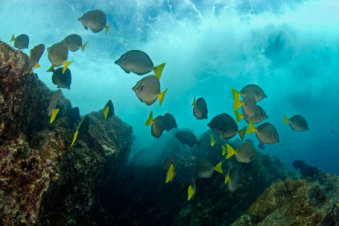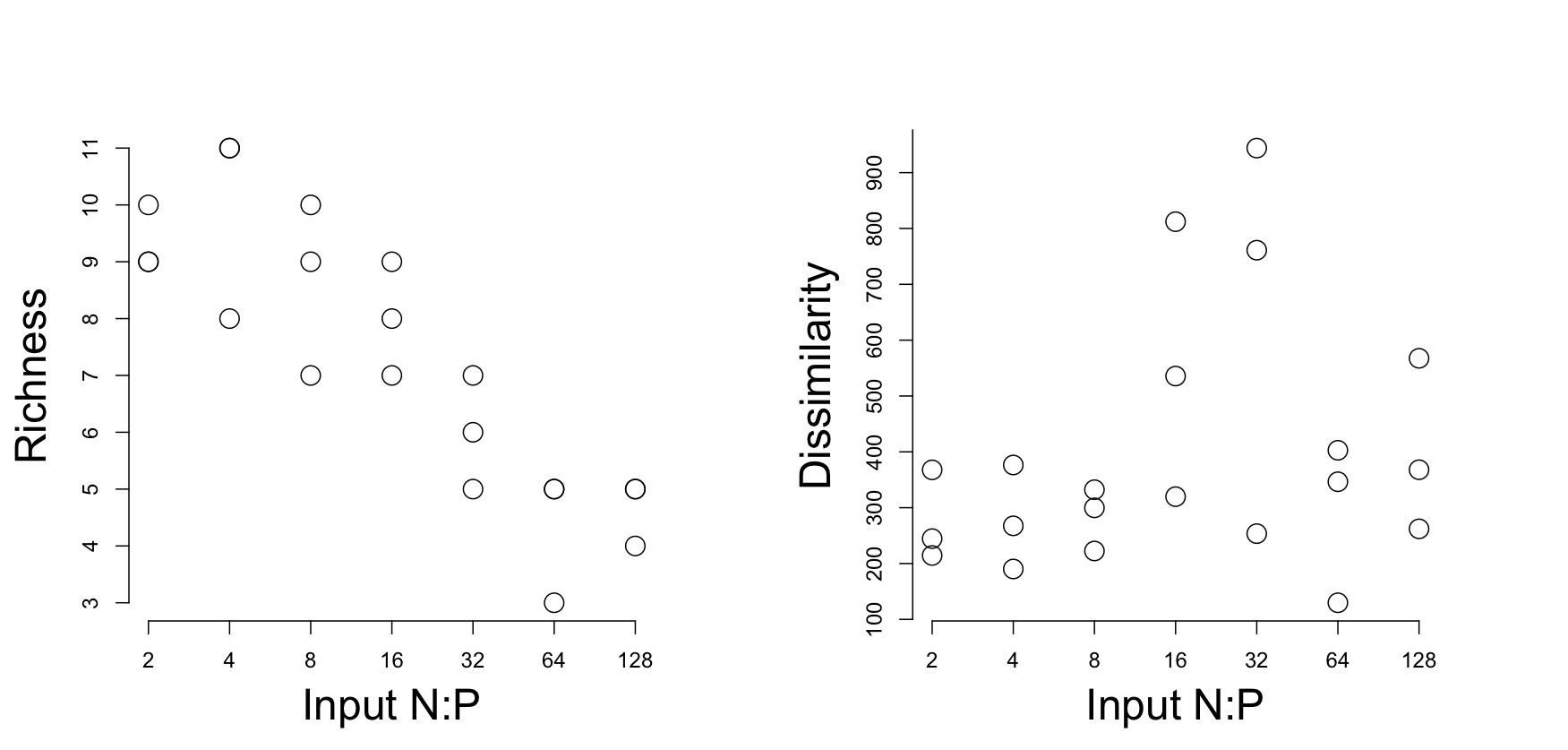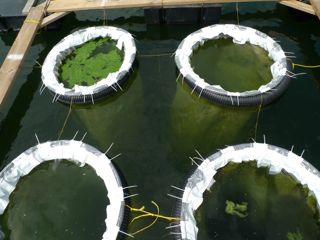Community Interactions
Defining and studying communities
Tim Allen at the University of Wisconsin calls community ecology, '"the issue at the center." Community interactions are the result of individual behavior, population dynamics, predation, competition and abiotic constraints operating over a range of spatio-temporal scales. As a consequnce, communities are arguably the level of organization that integrate the greatest degree of ecological complexity, if they even exist that is.

Robustly defining an ecological community is a challenge. Community descriptons are confounded by scales of observation the measurements one makes. We are working to develop general approaches for defining communities based on their intrinsic nature, not preconceptions about their structure. Our ultimate goal is to determine if and why an amalgam of organisms interacting over some period of time in some place is an entity greater than the sum of its parts, i.e. a community, and what environmenal factors impart the greatest influence on species richness and abundance.
We use reef fish communities in the Gulf of California, fish in the California Current and experimental phytoplankton cultures, and large scale experimental manipulations to study links between community structure and ecosystem processes.

In one project, we are studying how variability in net primary production, driven by El Nino Southern Oscillation, affects reef fish community dynamics over time and space. In another, we are combining theoretical and empirical approaches, to characterize how predator foraging behavior influences the stability and evolution of prey populations.
In particular, we are studying how niche breadth and stoichiometry relate to food web stability, and how resource availability and community structure are related to invasibility and resilience at different levels of ecological organization. In limnocorrals, we alter nutrient conditions to obtain communities with different species composition, trophic structure and nutrient cycling, and then record changes in all three in response to perturbations and invasions to test predictions from models. Our goals are to dentify the attributes of communiites that vary predictably in response to changes in environmental conditions.
